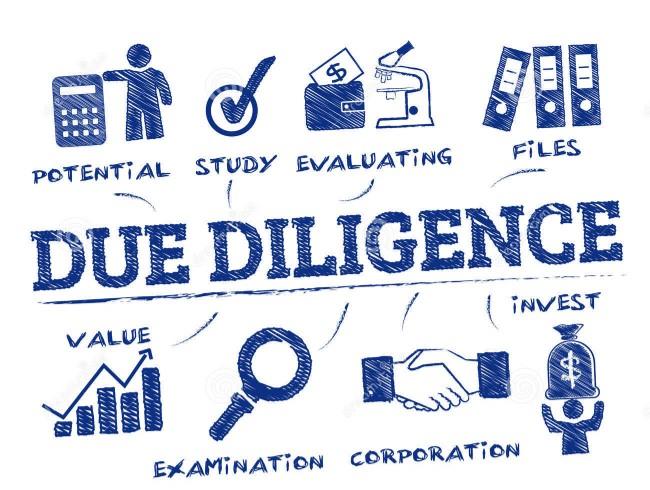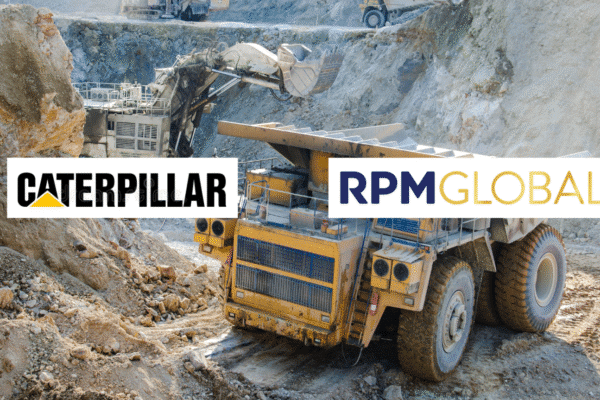
Two sides of the same coin – A guide to Due Diligence
17.4.2019A clean exit and a high multiple. That’s all sellers are after, right?
The answer is of course, no. Cultural and strategic fit, growth capital, opportunity to diversify, development for key talent, legacy preservation and brand retention are just a few of the many considerations business owners have when selling their business.
But how do you know whether the buyer and seller are truly aligned? Beyond the glossy Information Memorandum (IM) and the initial courting process, there’s a little thing called Due Diligence (DD). In its rawest form, this involves accountants and lawyers sifting through a Data Room to make sure all the claims in the IM can be supported, and there are no skeletons in the closet. At a deeper level, this is a chance to make sure the parties will truly get along before the marriage is consummated.
For sellers, DD is a fast moving and often exhausting process, with potential buyers asking a barrage of questions to understand the business, assess its value, and identify key risks. Sellers can often feel like the process is very lopsided. There are a lot of questions, many of these can seem negative by their nature (someone thinks my baby is ugly?), and it can feel like you’re on on the back foot. The seller is usually going through the process for the first time, while the buyer is following a well-worn path.
On the flip side, buyers have made an initial call that there is a strong fit between the two entities. The non-binding offer is “in the ballpark”, and the target seems to strengthen your current capability / bring new capability / increase your market share / reduce overheads. DD is an opportunity to test these assumptions. For a buyer, DD may reveal that a major customer is planning to withdraw their business, that IP is held within a small group of people, that there are pending lawsuits, a history of complaints from employees or business practices that are unsustainable under your leadership. All of this can have material implications on value, and what the combined entity looks like post-transaction.
To help align the interests of buyers and sellers, DD issues should be classified into three main areas. Having good advisors (corporate, financial and legal) who can effectively separate items into each of these areas is crucial to the success of your transaction:
- Matters impacting on value (which should be dealt with as soon as possible in the process to avoid any last-minute surprises and degradation of goodwill between the parties);
- Matters to be addressed in the sale and purchase agreement (risk allocation); and
- Matters which are simply business improvement to be addressed post-transaction.
Managing DD is a highly involved process. From the buyer’s or seller’s end, managing the flow of information, keeping the process focused, and making sure both parties are on the same page is key to pushing forward to a successful close.
In practice, a robust DD process on both sides will also ensure a higher likelihood of success post transaction. Once the value is agreed, an operating plan can be mapped together with the benefit of the issues that have been highlighted during the due diligence process, rather than nasty surprises surfacing after the deal is done.
In summary, sellers should not be scared about heading into a Due Diligence process. Think of DD as the tool that enables your business to unlock its potential value, or at the very least, an investment that allows you to retain the value that you have worked so hard to create. If there’s something that’s going to prevent the partnership being successful in the long term, it’s much better to find this out before you say “I do”.
Authors: Michael Kakanis & Brad Shaw








